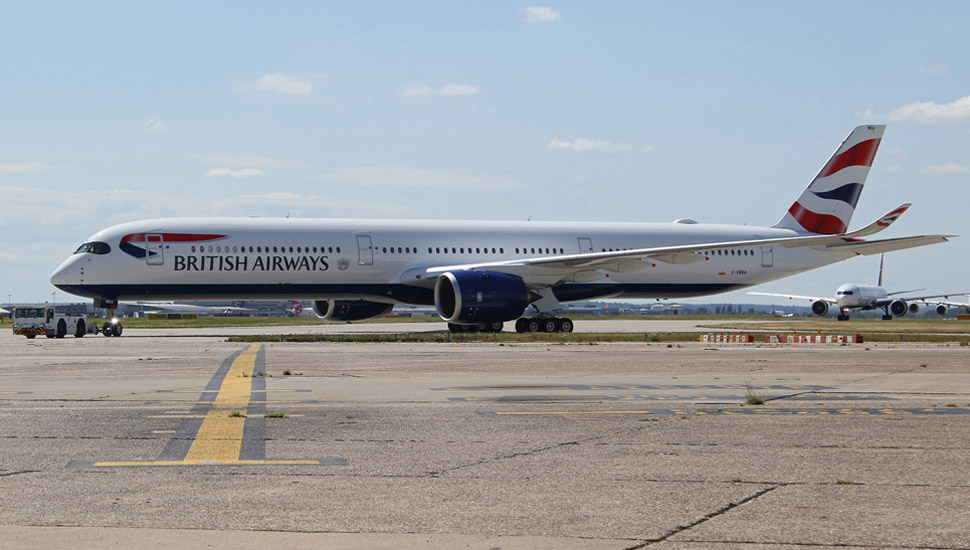The latest arrival at British Airways marks the next step in the transformation of the carrier’s fleet.
Under that modernisation process, old Boeing 767s have been phased out for 787s, and the superannuated 737-400 fleet has been retired in favour of the Airbus A320neo.

James Mellon/Cirium
This time BA’s new kid on the block is the A350-1000, the largest variant of the Airbus big twin.
These will begin the arguably long overdue process of supplanting the flag carrier’s elderly 747-400s.
While there can be few rivals to the Queen of the Skies’ crown, the economics are painfully obvious: BA expects the A350 to burn fuel at roughly half the rate of the 747, despite accommodating only six fewer passengers than the 337-seat jumbo.
In addition, the Airbus platform allows BA to introduce its new business-class cabin, a product that will be rolled out across the fleet over the coming years.
Indeed, that same cabin will also feature on the 777Xs that are due to begin arriving in the early part of next decade. As it happens, these widebody twins will also replace 747s, as well as a handful of 777-200s.
This strategy makes sense within the wider context of parent company IAG, which is attempting to reduce fleet complexity across the group’s airlines.
That has particular relevance in the short-haul operation, where the group has been seeking greater commonality of configuration, partly to save weight and partly to enable better operational flexibility.
BA withdrew its last 737s in 2015 in favour of Airbus single-aisle jets, and sister operators Aer Lingus, Iberia and Vueling all fly A320-family aircraft.
Jets – or even crews, presumably – can now be switched between carriers should the need arise.
But the fly in the ointment is the 737 Max. At June’s Paris air show, IAG tentatively committed to take up to 200 of the re-engined Boeing narrowbodies for BA, throwing that quest for commonality into question.
BA chief Alex Cruz argues that the arrival of the Max is not counter to the streamlining effort, claiming that with a big enough fleet a single type is less important.
Perhaps this is true. However, it is telling that the likes of EasyJet and Ryanair have profited in part from a rigid adherence to a single-type fleet and, save for the latter’s Lauda offshoot, show no sign of abandoning this strategy.
What the addition of the re-engined 737 will bring, however, is better fleet resilience should one type be pulled from service for safety reasons.
It is perhaps ironic, though, that the still-grounded Max should provide that safety net.
Source: Flight International


























